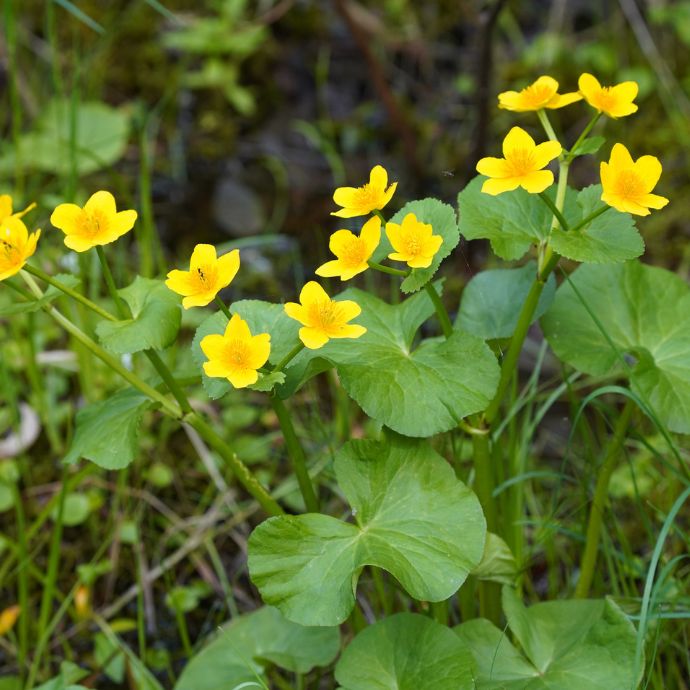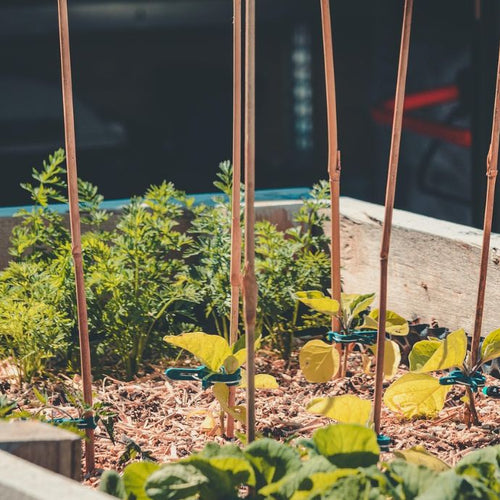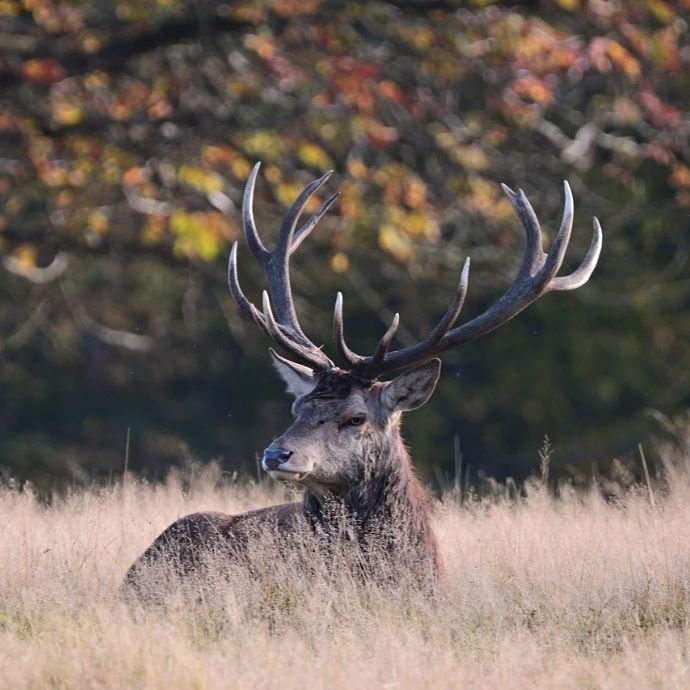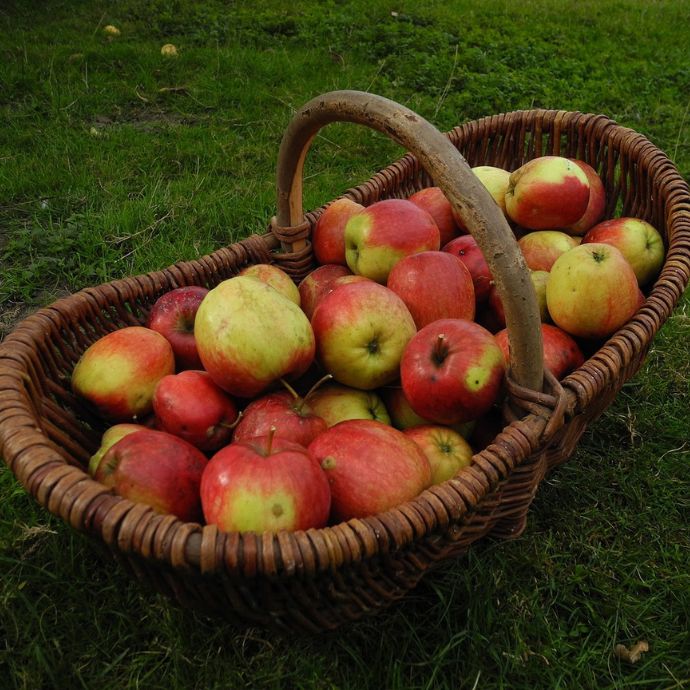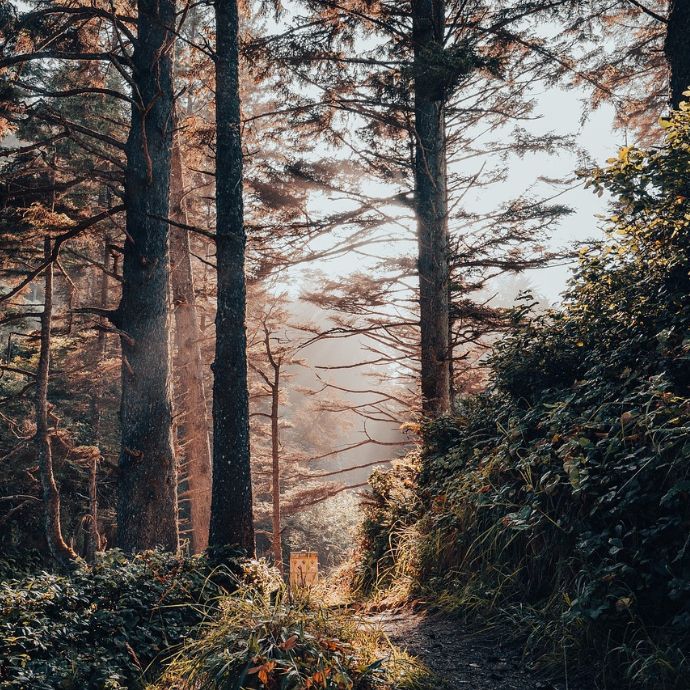How to Plan Your Vegetable Garden
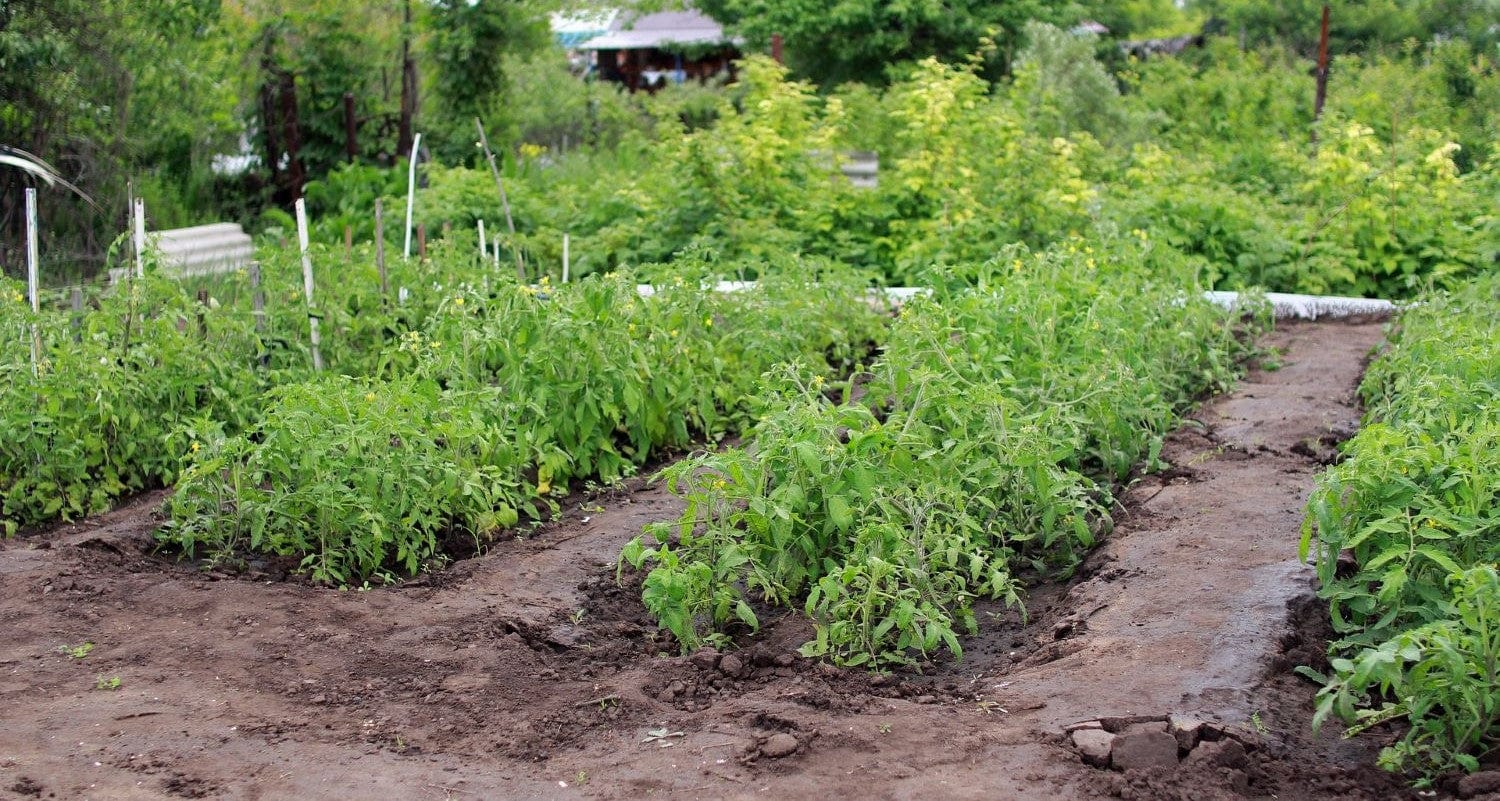
So you’ve decided to grow your own vegetables - brilliant idea!
But where do you begin?
Follow our experts’ tips to give your plot the best possible start.
Jump to:
What's the best position for a vegetable garden?
The best place to start your patch is where your garden gets the most sun. Most veg (unless you’re growing mushrooms) need 6-8 hours of sunlight daily. You should also think about placing it near your water butt or outdoor tap, as those veggies will need a lot of water and you’ll kick yourself if the hosepipe doesn’t reach (I speak from bitter experience). Finally, make sure there are no overhanging trees or nearby shrubs which could deprive your vegetables of light or space for their roots to grow.
Where can I grow vegetables?
You really can grow vegetables anywhere - but you need to choose carefully. If you grow in a border, you’ll need to clear it of any other plants so that your vegetables have plenty of space and light to grow.
Raised beds are very popular, and these can give great results. They can be built in a spot that’s convenient for you and filled with good quality compost. If you have trouble bending down or you use a wheelchair, you can build them high enough to give you good access. You can even extend your growing season by covering them with a polytunnel or cloche.
If you have a greenhouse or a cold frame, you can try growing vegetables that need a lot of warmth and light, such as aubergines, cucumbers, tomatoes and chillies. Make sure you keep them off the ground to avoid frosts and slugs.
Many vegetables can also be grown in pots on a patio, balcony or in a back yard - check out our favourites.
Wherever you grow your vegetables, make sure you leave enough space between rows for you to get in between them for weeding, watering and picking.

Preparing your soil
Soil is probably the most important factor in making sure your plants grow strong and healthy. Before planting, rake it over throughly to break up any clumps, and remove any weeds and stones. If your soil is on the heavy clay or sand side, you’ll need to improve it by mixing in compost for nutrition and/or perlite for drainage. It’s generally a good idea to add some nutrients with a good compost or manure anyway. You can plant seeds directly outside from March onwards, but this can be rather hit and miss. A good alternative is to use established plug plants, which you can plant out from after the last frost - usually in mid May.
Companion plants
The downside of vegetable gardening is definitely keeping control of pests like slugs, snails and caterpillars. Fortunately there’s something you can do to make it easier. Companion plants are planted near to vegetable plants to deter pests (mint, chives, lavender) attract them away from your veggies (nasturtiums, marigolds) or attract the predators that eat pests (marigolds, fennel). They should form an essential part of your patch.

Crop rotation
Ever wondered why farmers don’t grow the same thing in the same field every year? It’s because some crops take nutrients out of the soil and others restore it, so rotating the crops (growing something different in each plot every year) helps to keep nutrient levels balanced and plants healthy. Crop rotation can also work wonders for your vegetable plot! For example if you’ve planted cucumbers, tomatoes, lettuce or broccoli in one raised bed, these crops take a lot of nitrogen out of the soil, so the following year you could plant peas and beans there, as these put nitrogen back into the soil. (Leave the roots there when they’ve finished, and you’ll get even more nitrogen!) Alternating planting positions also helps to keep down pests and diseases, as these can build up in the soil if you grow the same thing in it each year. All plants belong to families which have the same soil needs and should be rotated yearly.
So a good crop rotation plan would be:
|
Year 1 |
Year 2 |
Year 3 |
|
|
Bed 1 |
Roots & potatoes |
Brassicas and beans |
Everything else |
|
Bed 2 |
Brassicas and beans |
Everything else |
Roots & potatoes |
|
Bed 3 |
Everything else |
Roots & potatoes |
Brassicas and beans |
Spacing
For plants to grow properly, their roots and leaves need plenty of space to grow. You’ll notice that every vegetable plant on our website has a spacing guide - it’s important to keep to this so that each plant can develop properly and get enough sunlight, nutrients and water to produce a good crop. For example, spring onions only need to be planted 5cm apart, whereas a butternut squash will need up to 1.5m! If they’re crowded together, plants will be forced to compete for nutrients and will grow small and weak. They can also be at risk from diseases like powdery mildew, which can build up if there isn’t enough air circulating between plants.
For more expert tips and tricks on vegetable growing, explore our growing guides.
Last updated: 13/11/2023

